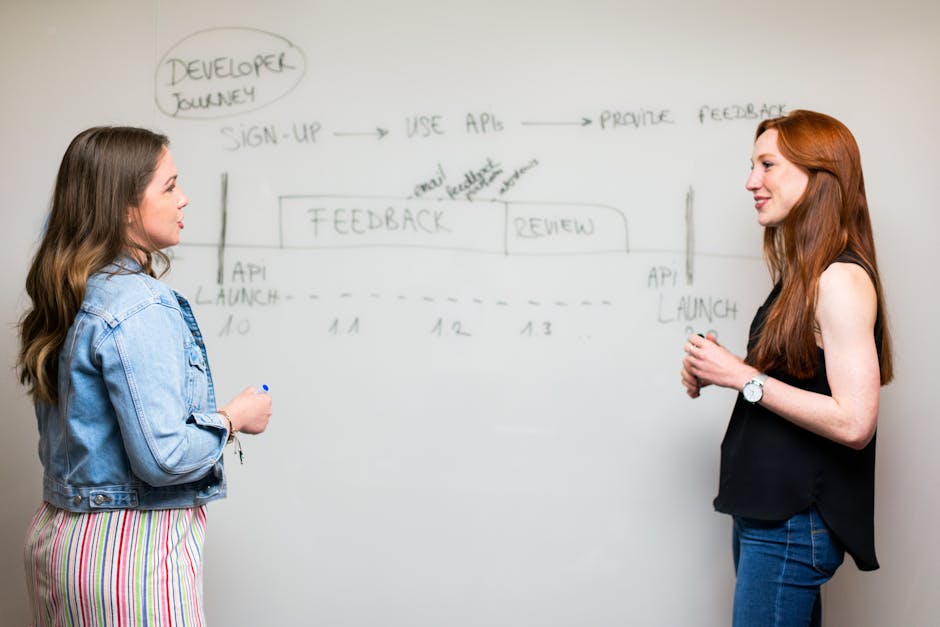
Participatory Planning
Participatory Planning
Participatory planning is an approach to decision-making and community development that actively involves all stakeholders in the planning process. It is a democratic and inclusive method that ensures local communities have a say in shaping their own future.
The main objective of participatory planning is to empower communities and enhance social cohesion. It recognizes that local knowledge and expertise are crucial for sustainable development. By involving community members in decision-making, participatory planning builds trust, fosters ownership, and encourages a sense of belonging among the residents.
Participatory planning involves various steps:
- Identifying and involving stakeholders
- Setting goals and objectives
- Gathering relevant information and data
- Facilitating dialogue and discussion
- Developing action plans
- Implementing and monitoring the plans
One of the key advantages of participatory planning is that it allows for inclusive and bottom-up decision-making. It recognizes the diversity of voices within a community and encourages marginalized groups to actively participate. This approach leads to more sustainable, equitable, and culturally sensitive solutions to local problems.
Furthermore, participatory planning helps build social capital within communities. It strengthens relationships, social networks, and cooperation. By actively involving individuals in the decision-making process, participatory planning supports citizen empowerment and promotes collective action.
In conclusion, participatory planning is crucial for community development as it ensures that decisions are made collectively, taking into account the needs and aspirations of all community members. By embracing inclusivity and active participation, participatory planning fosters democratic decision-making, builds social capital, and creates a sense of ownership and unity within communities.

